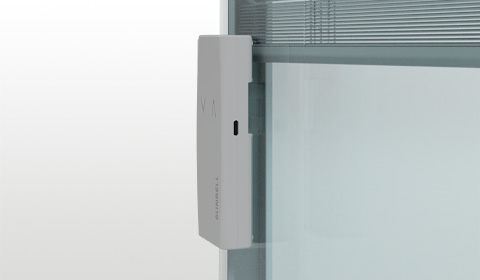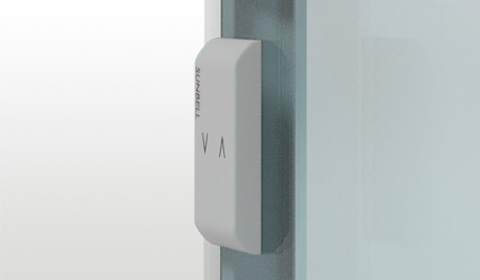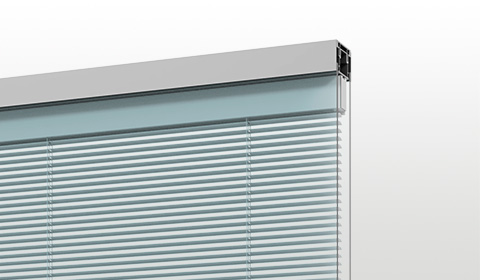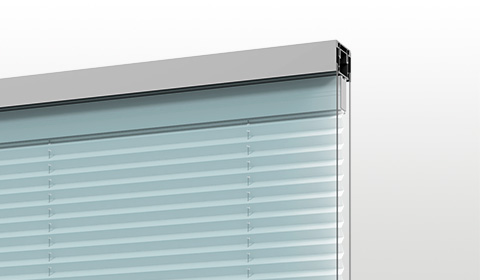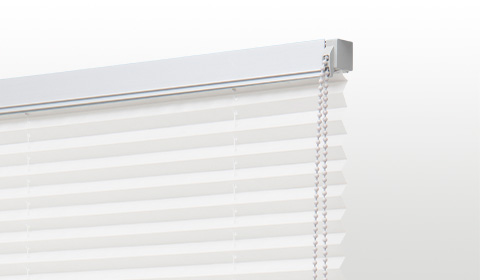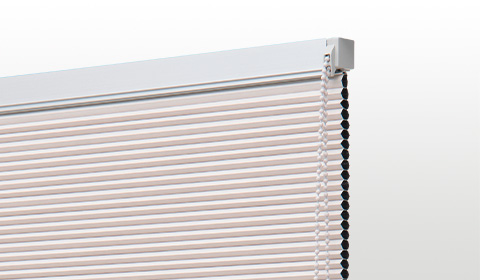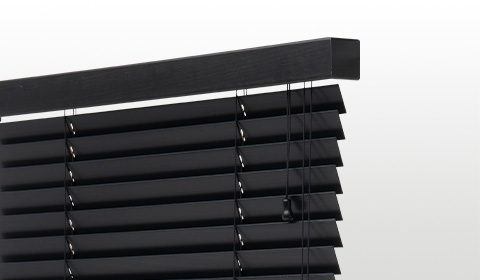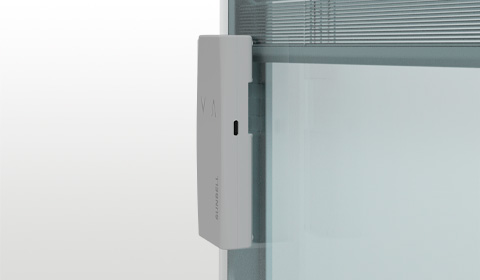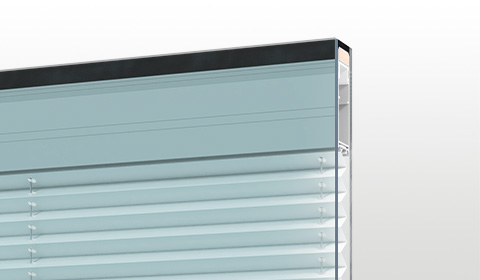Taking measurements for the curtains, to proceed with their subsequent fixing, is a delicate procedure, often complex, to the point that the majority of preople entrust to professionals, specialized in this type of work.
In fact, we must admit that in absence of minimum manual skills and a strong practical sense, perhaps it would be better to avoid making disasters and relying on those who, on the other hand, are more skilled.
Having said that, we are here to provide you with some practical tips if you wish to proceed independently with the assembly of the curtains in your home.
How to take measurements for curtains, step 1: the window
Before buying curtains and the rods to hang them, you must make sure that you take the measurements of the window you intend to cover and decorate.
There are different types of windows in our homes, which vary depending on the shape, size, type and location.
For example, you could have a large window in the dining room, which has different characteristics than the bathroom window, and so on.
So, take the measures of the window you are interested in, pinning width, height, distance from the ceiling and from the floor, without forgetting the thickness of the sill and the case containing the shutter in the upper part of the window.
How to take measurements for curtains – Step 2: the rod
Now that you have the measurements of your window, you can proceed with the purchase of the rod you intend to use.
Check the type of stick
Be very careful at this stage, because there are different types of curtain rods on the market, which differ not only from the aesthetic point of view, but also for the way the curtain is hanged.
This element directly affects the measurements, because if the curtain is hanged through the use of hooks, it will be lower than other solutions, such as the one where the rod pass inside the curtain through the slots.
Later in the article we will examine this point further. Keep reading.
What are the measures to mark
Take a meter and measure the length of the rod you are going to fasten to the wall, or that is already hanging, without considering the decorations at the ends, which have a purely aesthetic function and which, therefore, will not be covered.
Remember that the curtain must completely cover the window, which is why it is important to add a few centimeters to the size of the rod.
Usually, we tend to add about 15-20 cm on both sides, so as to guarantee complete coverage.
Now you have to mark the point on the wall where you want to hang the rod.
In this case, unless there are obstacles – such as the shutter box – you need to calculate about 15 cm above the start of the window.
How to take measurements for curtains – Step 3: length of the curtain
You took the measurements of the window, you established where and how to hang the rod, now you just have to decide the length of the curtain.
There are 3 ways to determine the length of the curtain:
- Window sill height: the curtain stops about 1.5 cm before the sill starts, usually in marble, thus covering only the window;
Under the sill: the curtain covers the sill, about 15 cm;
On the floor: the curtain covers the window, the window sill, and reaches the floor without touching it. In this case, you must measure about 1.5 cm from the floor.
And if there is a radiator under the window?
Another element to consider when measuring the length of the curtain is the presence of a radiator under the window.
Covering the radiator with a curtain is not advisable, because it would end up retaining the heat it produces, making it less effective.
How can we solve it?
In this case the curtain should end about 3 cm above the radiator.
How to take measurements of the curtains – Step 4: type of hooking
As we told you before, different types of rods have different hooks, which affect the measures to be taken.
Basically, there are four ways to hang the curtains to the rods.
Interior blinds with eyelets
The curtains with eyelets have metal rings inserted inside the curtain fabric, and spaced apart at regular intervals.
The peculiarity of this type of curtain is the draping effect that is created, as well as being very comfortable to hang and remove for periodic washing.
The pleat obviously requires a wider fabric width than that of the rod and the window.
Interior Curtains Tab Top
Unlike the previous ones, which have a slot inside the curtain, the Tab Top hook ones are characterized by the presence of fabric rings about 3 cm wide and 10 cm high.
The number of rings varies according to the style of the curtain.
Pencil pleat curtains
Pencil pleat curtains usually have a strip on the back of the fabric where you have to insert the hooks to hang them on rods.
The distance between one pleat and the other is very thin, unlike the eyelet curtain, which is why we use the term “pencil”, because the profile of the pleat is about 1 cm, with an interval between the pleat of about 2 , 5 cm.
For this type of manufacturing the ratio between length and fabric is 1: 2, ie for 1 meter of curtains 2 meters of fabric and 2 meters of tape are needed.
Slot Top curtains
Slot Top curtains are characterized by the presence of an opening in which to slide the rod, without eyelets or hooks.
It will be you who decide the effect to create, the type of pleat or ripple to obtain.
How to take measurements for curtains – Step 5: one or two panels?
If you have followed all the steps described so far, it means that you have taken the measurements of the window and the rod, decided how and where to hang it and the type of hooking.
Now, all you have to do is decide whether to buy a curtain with a panel or two panels, that is, full or divided into two strips of fabric to be placed symmetrically on both sides of the window.
Usually, the choice also depends on the type of window you intend to cover with the curtain.
In fact, a one-door window requires a one panel curtain, while a window with two or more doors requires a two-panel curtain.
How to take measurements for curtains: bonus tip
If you want to be sure that the measurements taken are accurate, we advise you not to “trust” the walls of your home and make an extra step.
Since we often find ourselves with measures that do not match each other, due to differences in height along the walls, or the floor, it is preferable to measure the window in three points, or on the two sides and in the center, in order to reduce to minimum the chance of error.
Conclusions
If you have decided to embark on this adventure, and take the measures of the curtains to proceed independently, here is what you will encounter.
Remember, however, that times have changed, and today there are also more modern and innovative solutions, such as the curtains inside the double-glazing, which allow you to eliminate the problem of the rod, the measurements, the drapery, the hooks and the dust.
Not bad, right? Think about it, and contact us if you need further clarification.


